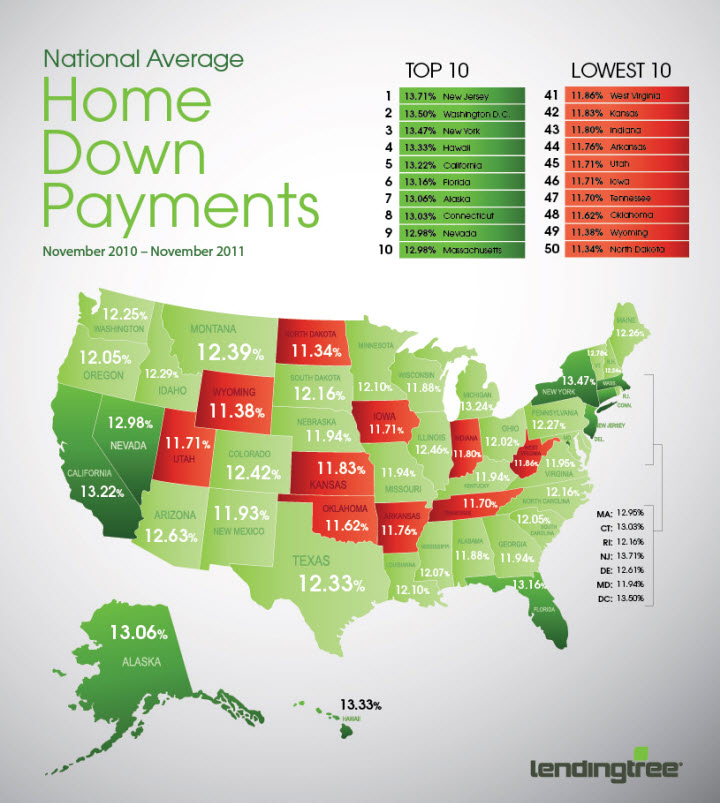What a difference a year makes! Housing prices in the Rose City are on the rise according to a major housing industry data source.
Portland – like a number of other major U.S. cities – saw home prices rise in February according to the Standard & Poor's/Case-Shiller home price index. In fact, the home-price index witnessed its biggest annual gain since 2006, recording a boost of 9.3 percent in February in the 20 major U.S. metro areas that were surveyed. This is the largest yearly change rate since May 2006.
From 2012 to 2013, Portland prices increased 9.4 percent, and from January to February of this year, home prices in Portland measured an increase of 0.7 percent.
David M. Blitzer, chairman of S&P's index committee noted that, "Home prices continue to show solid increases across all 20 cities." The fastest home price growth rate occurred in Phoenix where home prices rose 23 percent from 2012 to 2013. San Francisco had an 18.9 percent gain, while Las Vegas registered a rise of 17.6 percent during the same time period. Ten of the 20 cities showed double-digit increases compared to last year.
Back in February 2012, Case-Shiller reported an overall post-recession low, with home prices down at that point just over 35 percent from their high mark. Locally, Portland’s low-price moment came in March of 2012, with home prices down 28.7 percent from their peak.
Now, just over a year later, home prices have recovered at an impressive rate, in part because home inventories are low. The inventory situation stems from the fact that many homeowners are still carrying mortgage debt that prevents them from selling; at the same time, new construction has slowed significantly. A goodly number of homes continue to work their way through the foreclosure process, or are simply sitting in lenders' portfolios.
What is the impact of small home inventories? Well, for one thing, limited inventories have propelled buyers who want to take advantage of low interest rates and prices into bidding wars – and this in turn has pushed prices upwards. As traditional home sales have increased, the percentage of foreclosures in terms of overall transaction volume has declined, and this also plays a role in rising home prices.
Of course, talking about “the housing market in Portland” is too broad, and like all larger cities, the market is comprised of sub-markets. Homes in the lowest price ranges have recorded the biggest gains. The Rose City’s least expensive one-third of residential properties have gained 15 percent in price over 2012. Homes in the middle price range have risen by 11 percent, and the most expensive one-third of homes have increased by only 7 percent. Homes in the highest-priced segment really struggled through the recession and failed to recover as much ground compared with other segments.
A recent article in the Oregonian turned to Portland real estate veteran Rob Levy for insight. "The exciting thing we're seeing is that some of the most expensive homes are starting to sell. The starter homes are selling, and the homeowners are buying the middle homes, and they're buying the luxury homes. That's the piece that was missing until now."
The rapid rate of home price increases have left certain economists and real estate professionals concerned that bubble conditions could be starting again. However, there are conditions that may keep home prices from increasing too quickly. For instance, the Federal Reserve is expected to keep interest rates low until the national employment numbers improve measurably – but when rates rise, demand is likely to decrease. Also, as prices rise, more homeowners will realize equity gains that will allow them to sell, so homebuilding activity should gather steam.
Many housing economists anticipate that home-price gains will begin to cool in coming months. The Oregonian article once again turned to Rob Levy, who said appreciation settled at an annual rate of 4 percent would be a welcome change. "Four percent is a good number, a good, steady, stable number," he said. That's always been the safe number. It's not nuts."
All in all, the news is good for the Portland home market. Fears of a new bubble appear unfounded, and a reasonable rate of increase in home prices indicates, hopefully, a fairly healthy housing market overall for Portland.






